The American energy landscape is undergoing a seismic shift. With rising electricity costs, increasing power outages, and federal incentives making solar more affordable than ever, homeowners are turning to solar energy storage systems to take control of their power.
But with so many options—Tesla Powerwall, LG Chem, Enphase, Sonnen, and more—how do you choose the right system for your home?
🔋 How solar batteries work (and why they’re different from EV batteries)
⚡ Lithium-ion vs. flow vs. solid-state batteries—which is best for you?
💰 Cost breakdowns & payback periods (with real-world case studies)
🏠 Sizing your system (how much storage do you really need?)
🔌 Grid-tied vs. off-grid systems—what’s right for your situation?
⚙️ Installation & maintenance—what to expect
By the end, you’ll have a comprehensive understanding of home solar storage—so you can make an informed decision and maximize your energy savings.

Section 1: How Solar Battery Storage Works
1.1 The Basics: Storing Sunlight for Later Use
When you install solar panels, they generate electricity during the day. But what happens when the sun goes down?
Without a battery: Excess solar energy gets sent back to the grid (often at low rates).
With a battery: Excess energy is stored for use at night or during outages.
Key Components of a Solar Battery System:
Solar Panels → Generate DC electricity
Inverter → Converts DC to AC for home use
Battery Storage → Stores excess energy
Energy Management System (EMS) → Optimizes power flow
1.2 The 3 Main Types of Solar Batteries
Battery Type Best For Pros Cons
Lithium-Ion (Tesla Powerwall, LG Chem) Most homeowners High efficiency, compact Limited cycle life (~5,000 cycles)
Flow Batteries (ESS Inc, Invinity) Long-duration storage 20,000+ cycles, scalable Bulky, expensive upfront
Solid-State (Toyota, QuantumScape) Future-proofing Safer, longer lifespan Still in development (2025-2027)
Winner for Most Homes?
→ Lithium-ion (best balance of cost & performance)
Section 2: Choosing the Right Battery for Your Home
2.1 Top Solar Battery Brands Compared
Best for Backup Power? → Tesla Powerwall (highest surge capacity)
Best for Solar Optimization? → Enphase IQ (microinverter integration)
Best for Off-Grid? → Sonnen Eco (longest lifespan)
2.2 How to Size Your Battery System
Step 1: Calculate Your Daily Energy Use
Check your utility bill for kWh/day usage
Example: 30 kWh/day = 10 kWh battery (covers ~1/3 of daily use)
Step 2: Determine Backup Needs
Essential loads only (fridge, lights, Wi-Fi): 5-10 kWh
Whole-home backup: 20+ kWh
Step 3: Future-Proofing
If adding an EV or heat pump later, size up now
Section 3: Costs, Incentives & Payback Period
3.1 Upfront Costs (Before Incentives)
3.2 Federal & State Incentives (2024 Update)
Federal Tax Credit (ITC): 30% off total system cost (until 2032)
California SGIP: Up to $3,000 for backup power
Massachusetts SMART: Additional solar incentives
Texas & Florida: No state tax credits, but still worth it for resilience
Example Savings:
30,000 system**‌ → ‌**21,000 after ITC
+$1,800/year savings → ~7-year payback
3.3 When Does Solar + Storage Not Make Sense?
Low electricity rates (<12¢/kWh)
Frequent movers (<5 years in home)
Heavy shading (limited solar production)
Section 4: Installation & Maintenance
4.1 The Installation Process (Step-by-Step)
Site Assessment (roof space, electrical panel check)
Permitting & Utility Approval (2-8 weeks)
Installation Day (1-3 days for battery + solar)
Inspection & Activation
DIY Possible?
→ No (high-voltage systems require licensed installers)
4.2 Maintenance Requirements
Monthly: Check battery health via app
Yearly: Professional inspection
10-Year Mark: Possible battery replacement
Battery Lifespan:
Lithium-ion: 10-15 years
Flow batteries: 20+ years
Section 5: Future Solar Storage Trends
5.1 Vehicle-to-Home (V2H) Charging
Ford F-150 Lightning → Can power a home for 3+ days
Tesla Cybertruck → Future V2H capability
5.2 Virtual Power Plants (VPPs)
Earn money by selling stored energy back to the grid
Tesla & Sonnen already offer VPP programs
5.3 Solid-State Batteries (2025-2030)
2x energy density of lithium-ion
No fire risk (safer for homes)
Conclusion: Is Solar + Storage Right for You?
The Ideal Candidate:
✅ High electricity rates (>20¢/kWh)
✅ Frequent power outages
✅ Plans to stay in home 7+ years
Next Steps:
Get 3+ quotes from installers
Check local incentives (DSIRE.org)
Consider future needs (EV charging, home expansion)
Final Verdict:
For most homeowners, solar + storage is a smart investment—slashing bills, increasing resilience, and reducing carbon footprints.
Have questions? Ask below!


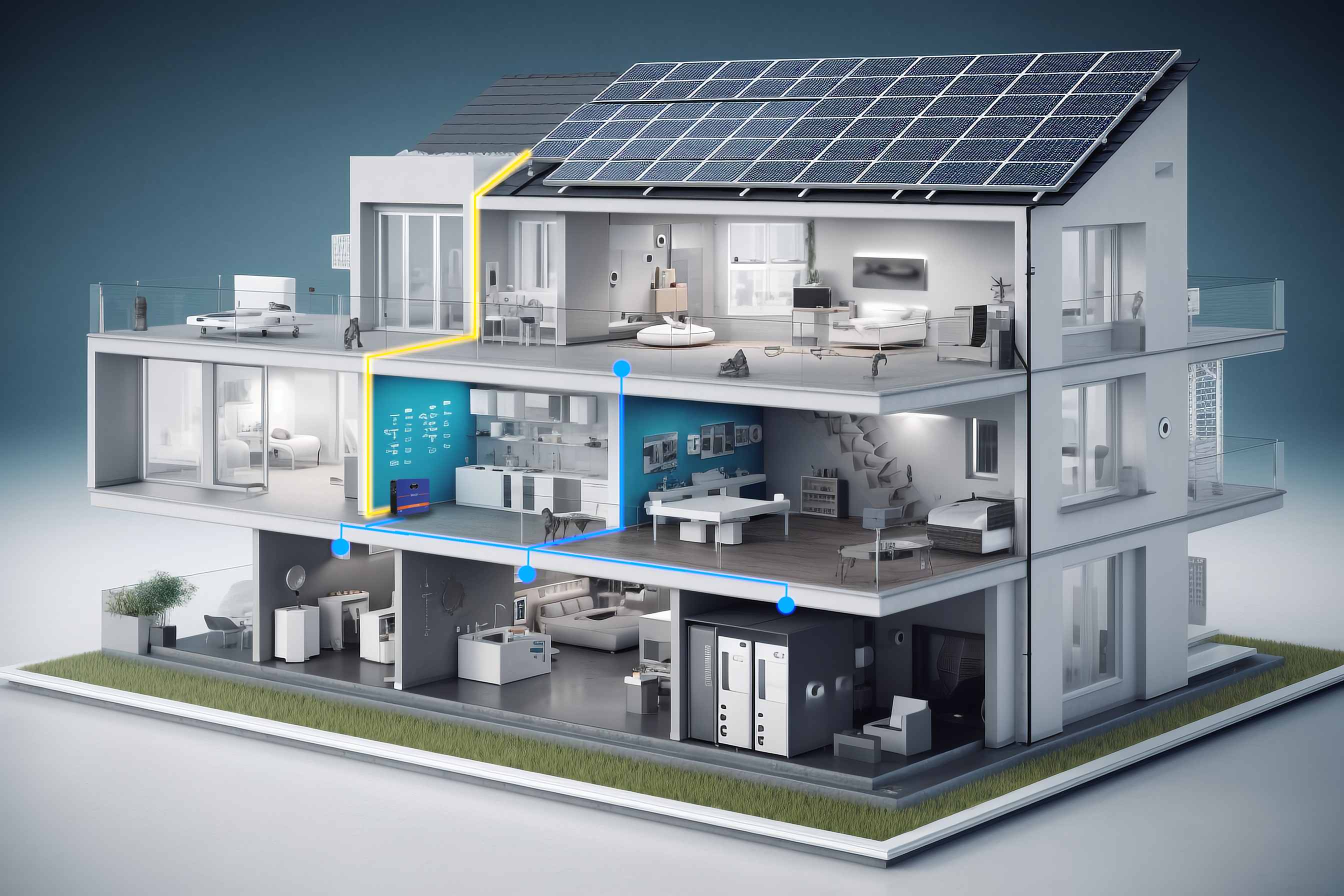
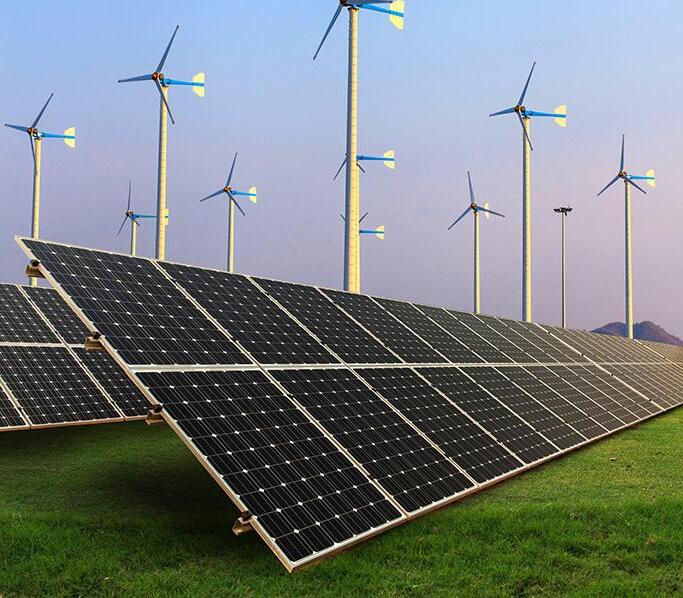
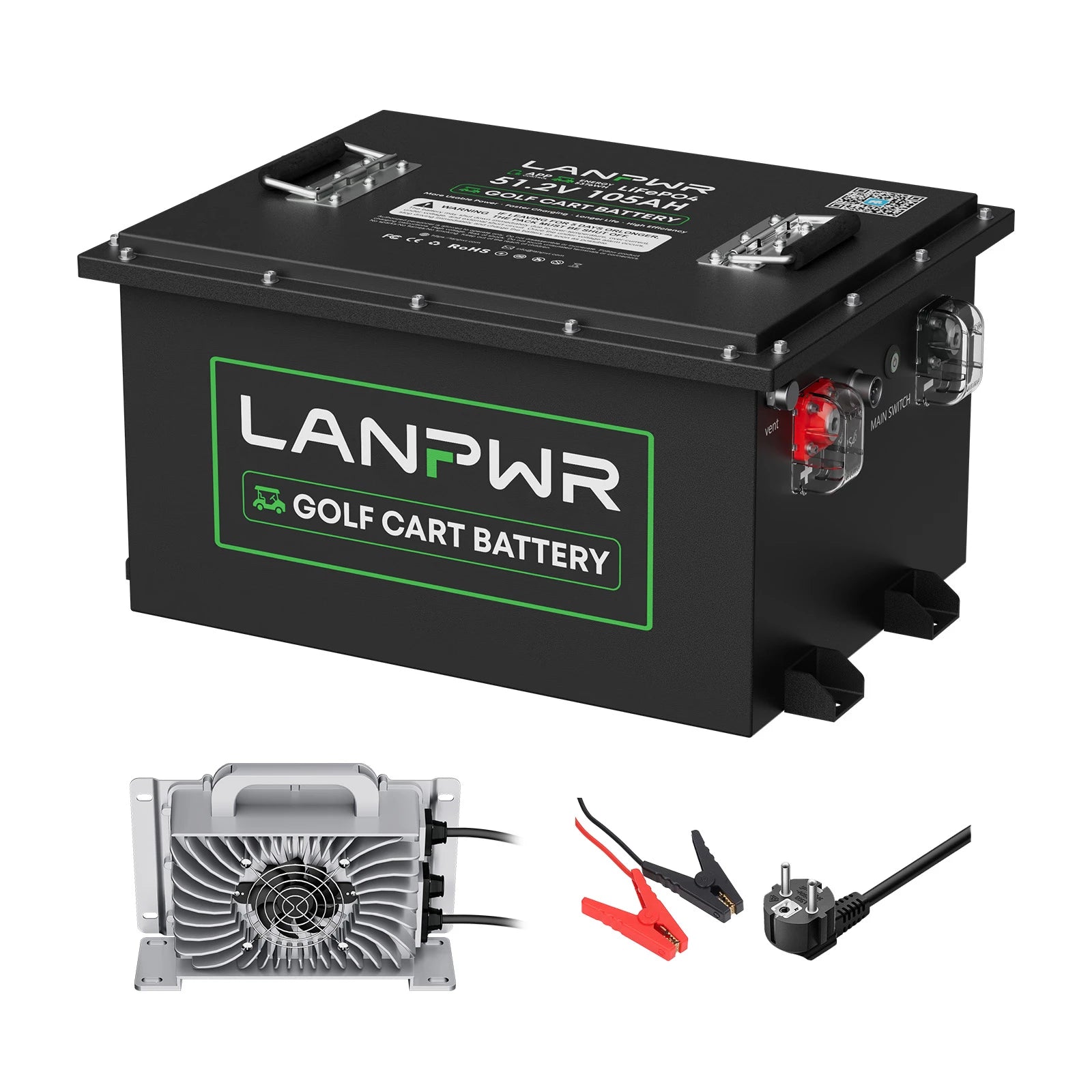
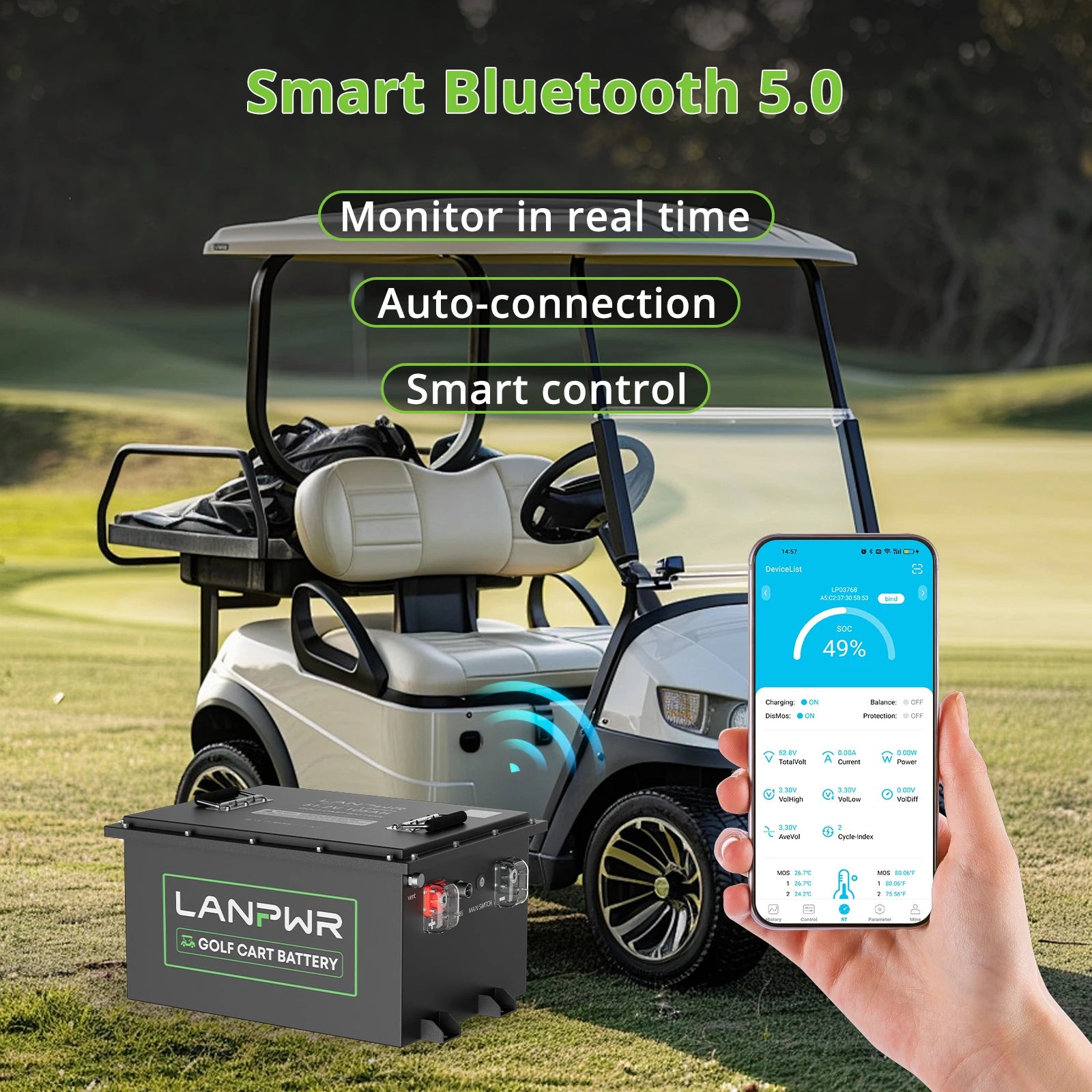
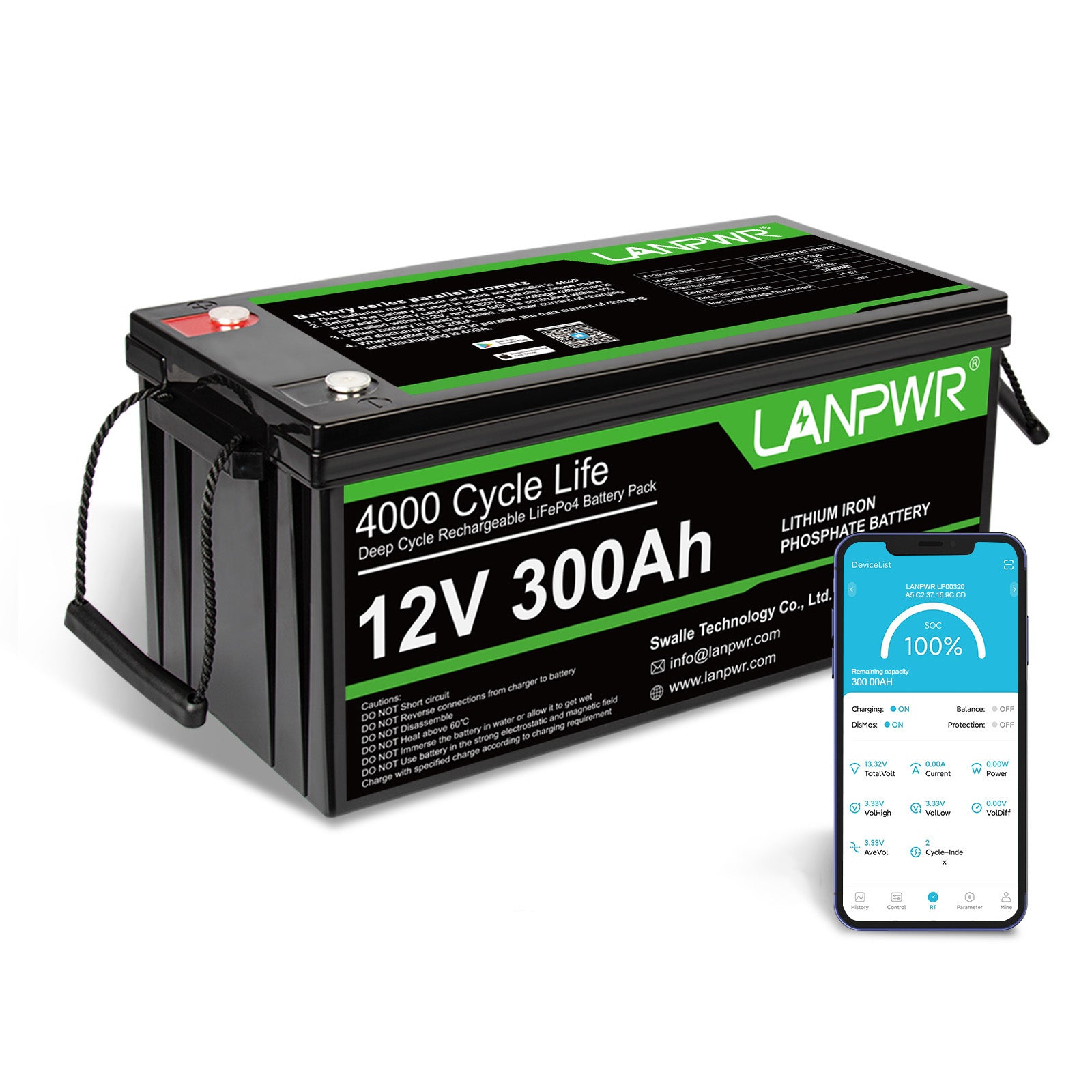
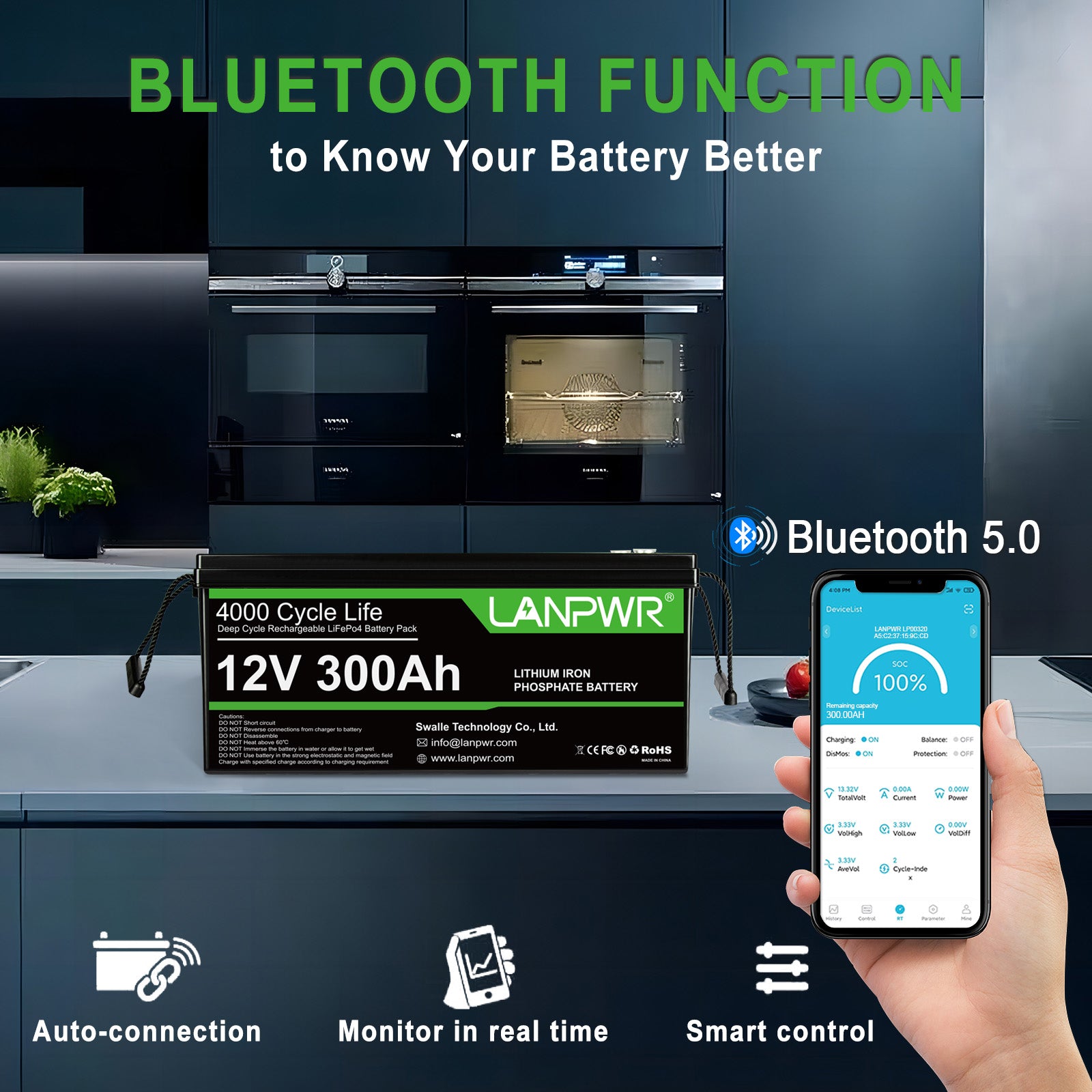
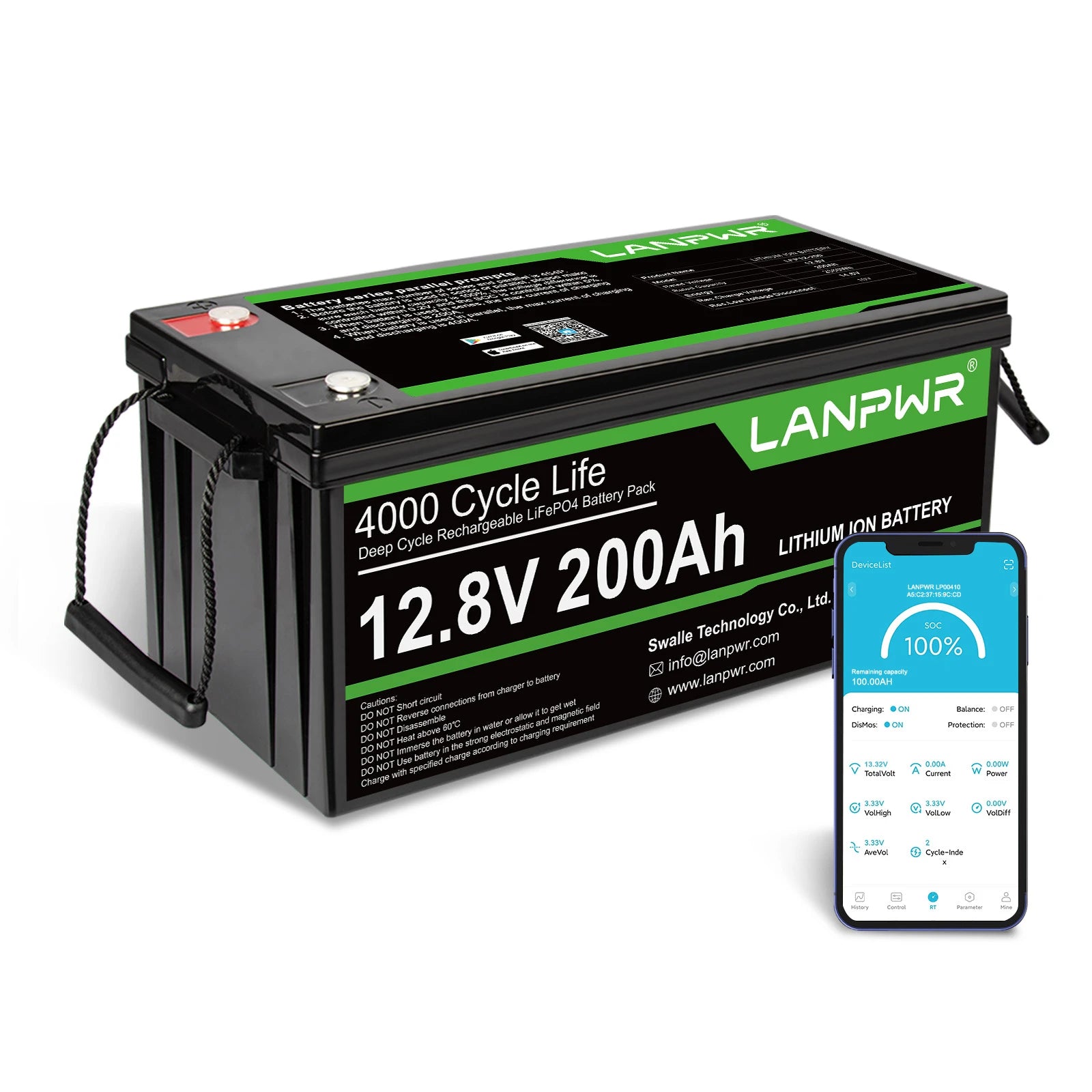
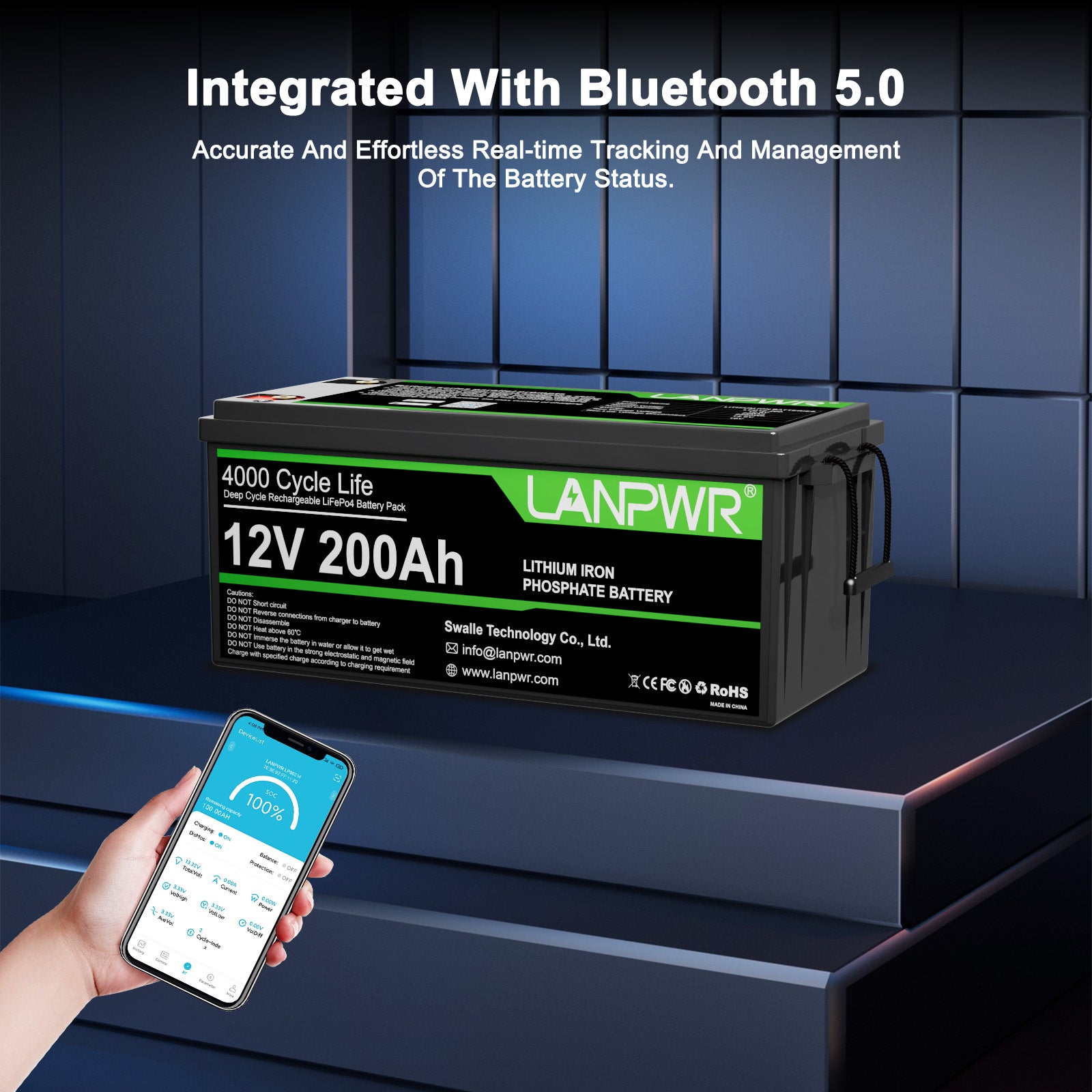
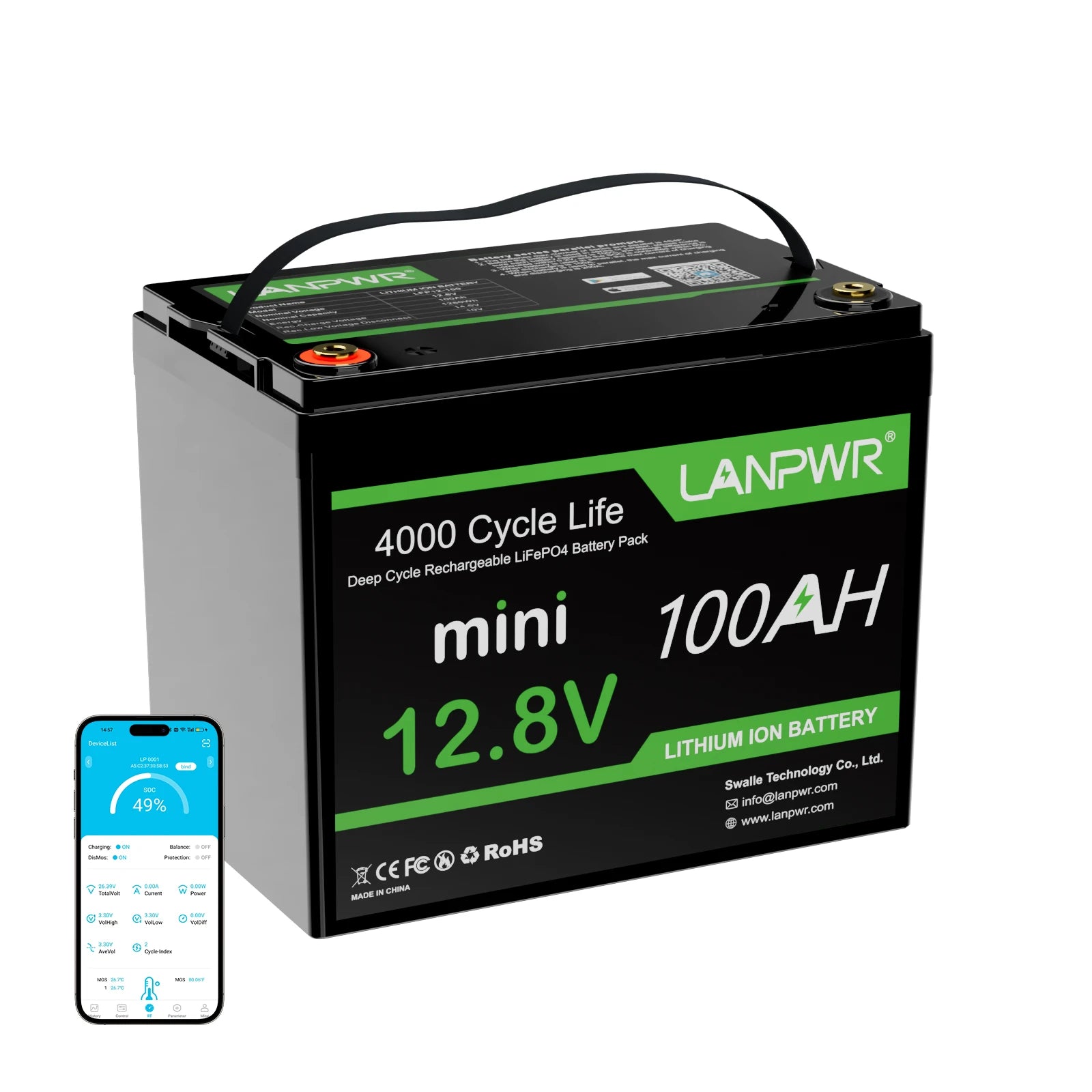

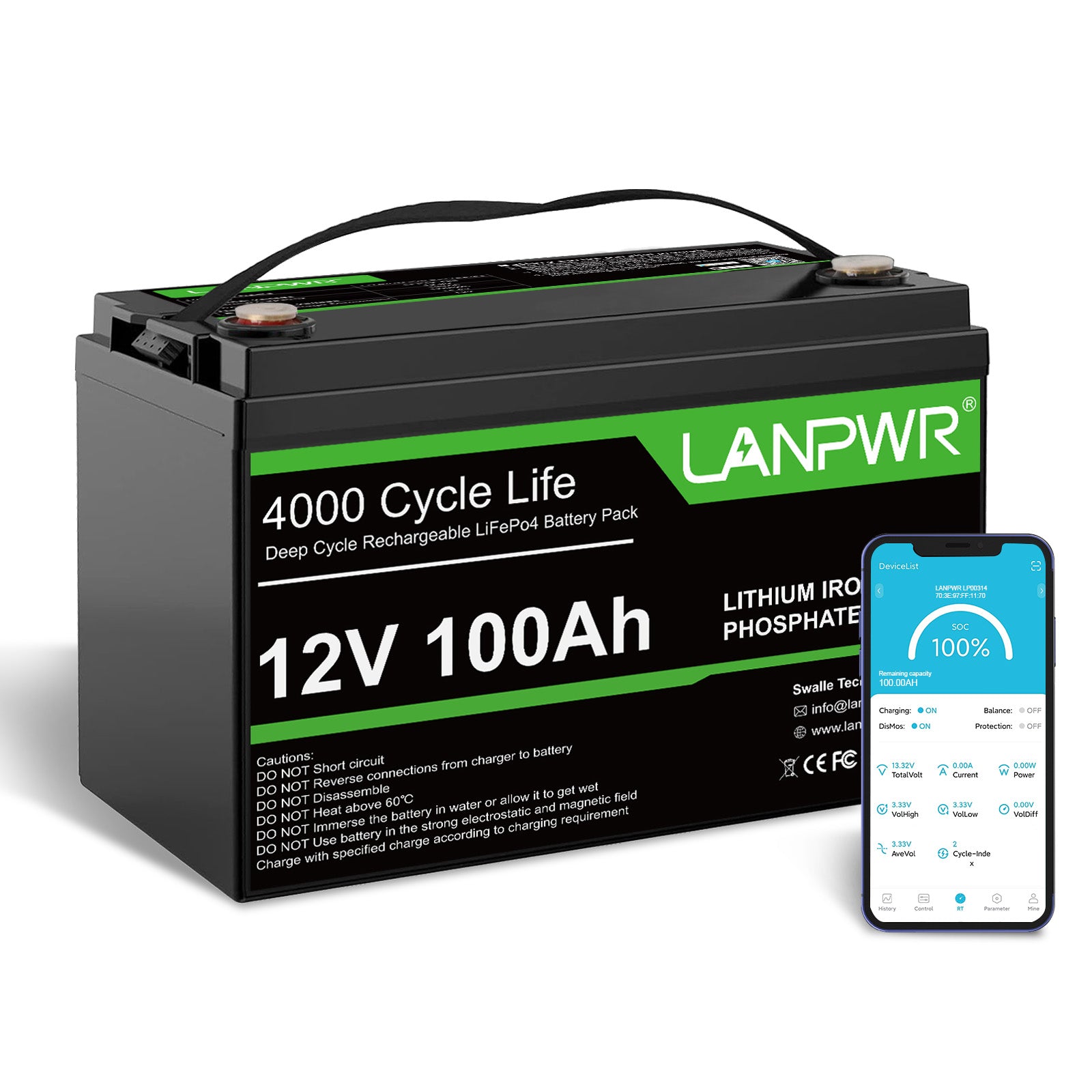

Leave a comment
This site is protected by hCaptcha and the hCaptcha Privacy Policy and Terms of Service apply.